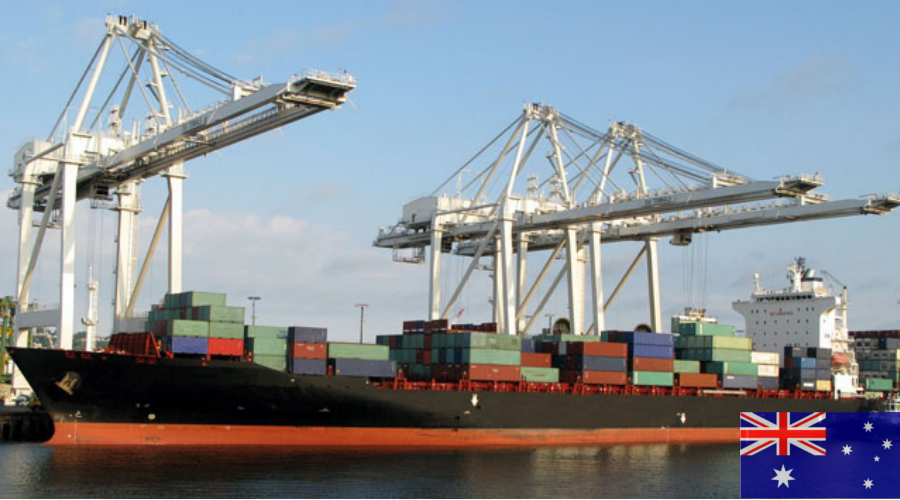People living in areas of Australia that are prone to cyclones may find it easier to get general insurance, according to a study published by the Australian Reinsurance Pool Corporation (ARPC).
The data used for the investigation comes from online house insurance quotes provided by Finity Consulting and is centered around the new cyclone reinsurance pool that ARPC manages. The cyclone pool’s effect on the market for the fiscal year ending June 30, 2023, is evaluated in ARPC’s first-ever financial forecast report (FOR), which includes the dataset.
Even though the data only goes back six months, it does show the premiums paid to ARPC by these insurers, so it’s still useful. These premiums are in line with the first predictions made by ARPC.
Reinsurance pool results for cyclones
Since its establishment in July 2022, the cyclone pool’s financial stability has been stable, according to the statement. Even though the pool covers around half of the qualifying properties, the premiums that have been ceded are in accordance with what was originally anticipated. In the absence of new market data, ARPC does not currently suggest any major adjustments to the total level of cyclone reinsurance pool premium rates.
Areas at greater risk of cyclones will get more substantial aid through the cyclone pool. As an example, there is a significant premium disparity between Townsville ($709) and Brisbane ($146 for a house). Properties in less populous, higher-risk locations have been subsidized by premiums from more populous, low-risk areas.
The FOR has identified two key risks—inflation and climate change—that could cause the cyclone pool’s premiums and costs to rise. For the year ending March 31, 2023, building cost inflation was 11.4%. This is higher than long-term estimates and could lead to higher premiums and underinsurance rates. But by 2024 or 2025, according to Treasury projections, inflation will be back where the government wants it to be.
Some possible consequences of climate change include the southward movement of cyclones, an increase in the frequency and intensity of storms, and the inundation of coastlines due to rising sea levels.
In the future, the ARPC intends to publish the FOR annually. Beginning in 2024, the annual report is required to be submitted to the Assistant Treasurer no later than October 15th, and within 10 business days, it will be made public.
Insurance in areas with medium to high cyclone risk will be more affordable and accessible thanks to the cyclone pool that ARPC started in 2022. Small and medium-sized businesses (SMEs), households, and strata (residential and some commercial) are all encompassed.







